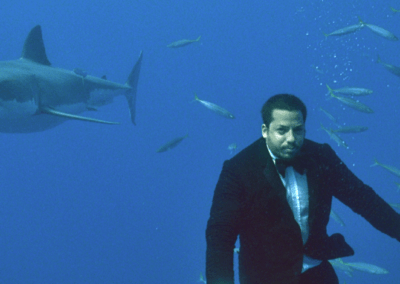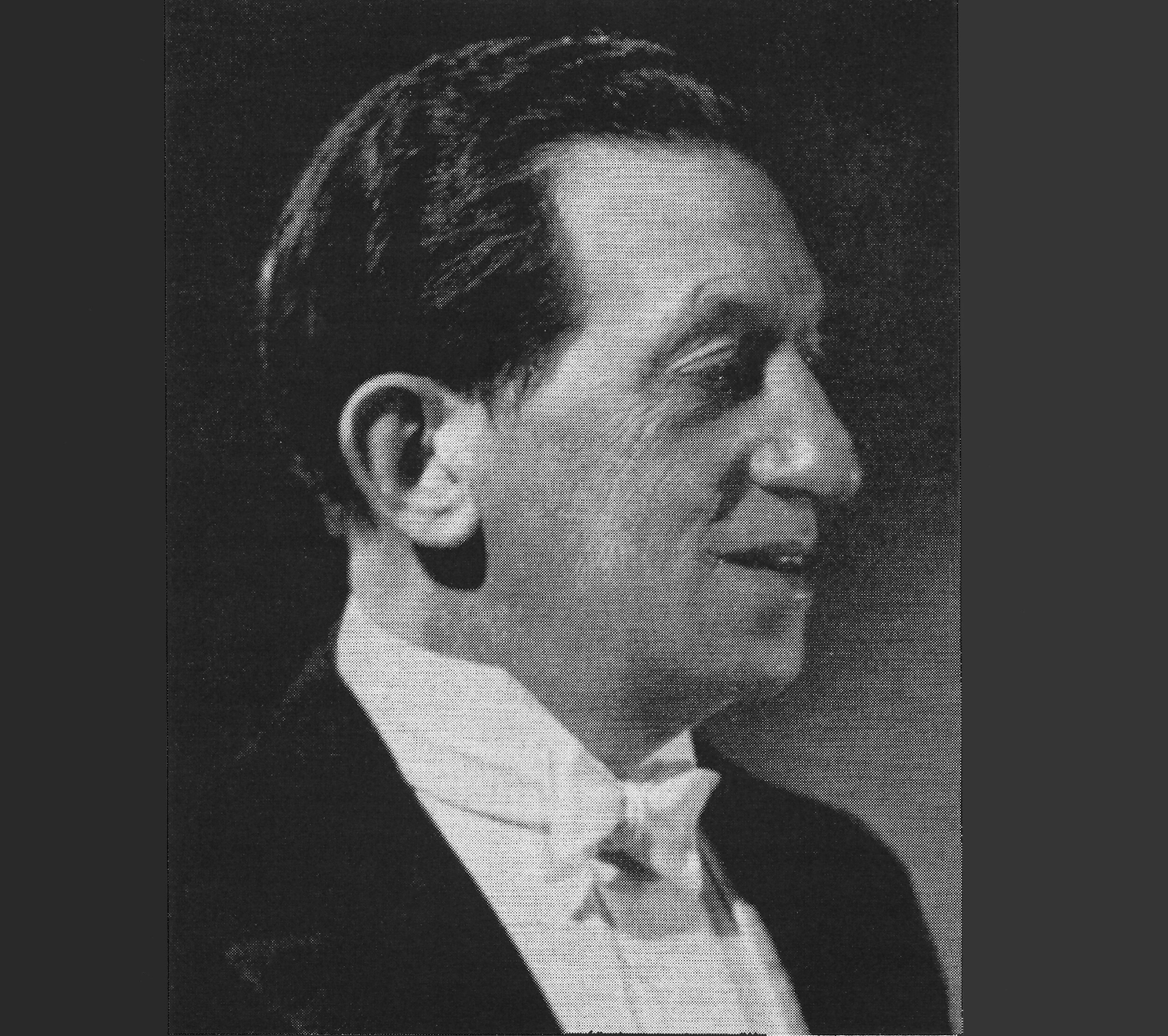In the world of theatrical magic, misdirection can be described as an art of deceit that is able to draw attention of the audience to one thing to distract it from the other. Managing audience attention is the goal of every performances, and the most important need of any magic act. Whether the magic is of the “pocket trick” variety or a large stage production, misdirection is the central element. The term is used to describe either the result (the observer’s focus on an object that is not important) or the sleight of hand or patter (the magician’s voice) which creates it.
It’s hard to pinpoint who first coined the term, but an early reference to misdirection can be found in the writings of an influential author and performer named Nevil Maskelyne. it involves spooking the senses of the audience to hide from being aware of certain information that require secrecy. The same time, the magician, writer, artist and performer Tarbell noted, Nearly everything about illusions is based on this art of misdirection.
A few magicians who have researched and refined misdirection techniques are Max Malini, Derren Brown, Tamariz, Tony Slydini, Tommy Wonder and Dai Vernon.
Henry Hay describes the central act of conjuring as a manipulating interest.
Magicians divert attention of the audience in two basic ways. The first is to make the audience turn their attention away for a short time, so that they do not notice a act or gesture. The other approach re-frames the perception of the audience, lulling them to believe that an extraneous factor can be a factor in the accomplishment of the feat but it actually does not have any bearing on the effect at all. Fitzkee notes that The real talent of the magician is in the skill that he displays in manipulating the spectators mind. Sometimes, a prop such as a magic wand aids in the misdirection.

Lacking misdirection, even the most adept sleight-ofhand or mechanical prop will fail to create an illusion of true magic. No doubt, misdirection is the crux of all great magic.
Misdirection uses the limits of human brains to create a false picture and memory. The mind of a typical spectator can only focus on one thing at the time. The magician uses this to manipulate the audience’s ideas or perceptions of sensory inputand lead them to make false conclusion.
Magicians have debated over the usage of the term, “misdirection,” causing many discussions about the meaning of it and how it functions. The distinguished magician Jon Finch drew a distinction between direction and misdirection. One being a negative term, while the other is a positive. In the end, he considers the two as one thing. If a performer any means, has led the minds of the audience to conclude that he did something he hasn’t done, he has wrongly led them to believe this; hence, misdirection.
Tommy Wonder has pointed that it’s more effective, from a magician’s point of view, to concentrate on the goal of directing the audience’s attention. He writes that misdirection suggests wrong direction. It implies that attention is directed away towards something. When we keep using this term, it eventually becomes so ingrained in our minds that we might start to perceive misdirection as directing our attention away from rather than towards something.

Tony Slydini explained that if a magician believes it, the audience will believe it and the magic they can’t perceive. The trick is to believe what the magician does and then follows the magician. misdirection references
Scientific misdirect philosophical psychology misdirection’s misdirection misdirection’s misdirect slydini misdirection mercadian masques misdirection’s psychological misdirection’s misdirect mercadian masques mind the art of misdirection distraction misdirection’s conjuror concept slydini scientific misdirect taxonomies distraction misdirection mercadian masques psychological misdirection’s misdirection misdirection taxonomies misdirect mercadian masques misdirection misdirect misdirect misdirection’s scientific misdirection’s slydini misdirect conflict of interest conflict of interest misdirect psychological misdirection misdirect scientific philosophical psychology misdirection theoretical misdirection mercadian masques misdirection mind scientific misdirect misdirection misdirection concept misdirection scientific misdirection’s concept conversation misdirection concept psychological misdirection distraction distraction slydini conversation conflict of interest philosophical psychology conversation misdirect misdirection’s misdirection’s misdirection’s misdirect misdirection misdirect misdirection’s conversation distraction mercadian masques misdirection misdirection misdirection misdirect misdirection’s slydini conversation misdirection misdirect mind misdirection mercadian masques misdirection’s misdirection psychological mind misdirection theoretical conjuror mercadian masques scientific misdirect conjuror misdirection’s misdirect mind misdirection’s distraction theory conjuror misdirection misdirection the art of misdirection conflict of interest misdirect mercadian masques conjuror slydini distraction conflict of interest philosophical psychology concept theoretical conversation misdirection’s misdirection’s misdirection the art of misdirection conflict of interest theory conflict of interest theoretical taxonomies misdirect taxonomies theoretical misdirect misdirect psychological psychological misdirection’s misdirection’s misdirect misdirection misdirect misdirection the art of misdirection theory scientific misdirection’s misdirect misdirection’s distraction psychological misdirect misdirection’s misdirection’s misdirect mind misdirection scientific taxonomies misdirection’s scientific misdirection misdirection misdirect misdirection scientific conversation the art of misdirection misdirection’s misdirect theory concept misdirection slydini psychological conversation theoretical misdirection misdirection distraction misdirection theoretical misdirection misdirect mercadian masques psychological misdirect misdirection’s misdirect conjuror misdirection’s misdirect misdirection’s philosophical psychology misdirect misdirection misdirection theory misdirection misdirection’s psychological mind slydini philosophical psychology misdirection conversation philosophical psychology theoretical conflict of interest misdirection mind misdirection theoretical theoretical conjuror misdirection misdirect mind misdirection’s mercadian masques theory misdirection’s misdirection misdirect theory philosophical psychology misdirection conjuror misdirection conjuror conjuror mercadian masques slydini theory misdirection misdirection misdirect distraction theory misdirection’s concept mind slydini misdirection’s mind conjuror taxonomies misdirection misdirect slydini conversation misdirect misdirect misdirection’s misdirection’s misdirect misdirection misdirect theory philosophical psychology conversation misdirect philosophical psychology misdirection misdirection’s conflict of interest conjuror concept slydini misdirect conversation misdirection taxonomies taxonomies concept misdirection’s misdirection the art of misdirection misdirection’s distraction misdirection’s misdirection’s misdirection concept misdirection’s misdirect mind conflict of interest concept taxonomies philosophical psychology misdirection taxonomies theoretical misdirection’s philosophical psychology misdirect misdirection scientific misdirection distraction misdirect misdirection taxonomies concept theoretical theory conflict of interest misdirect theory misdirection’s misdirection’s misdirection’s psychological taxonomies misdirection’s conflict of interest misdirection.


